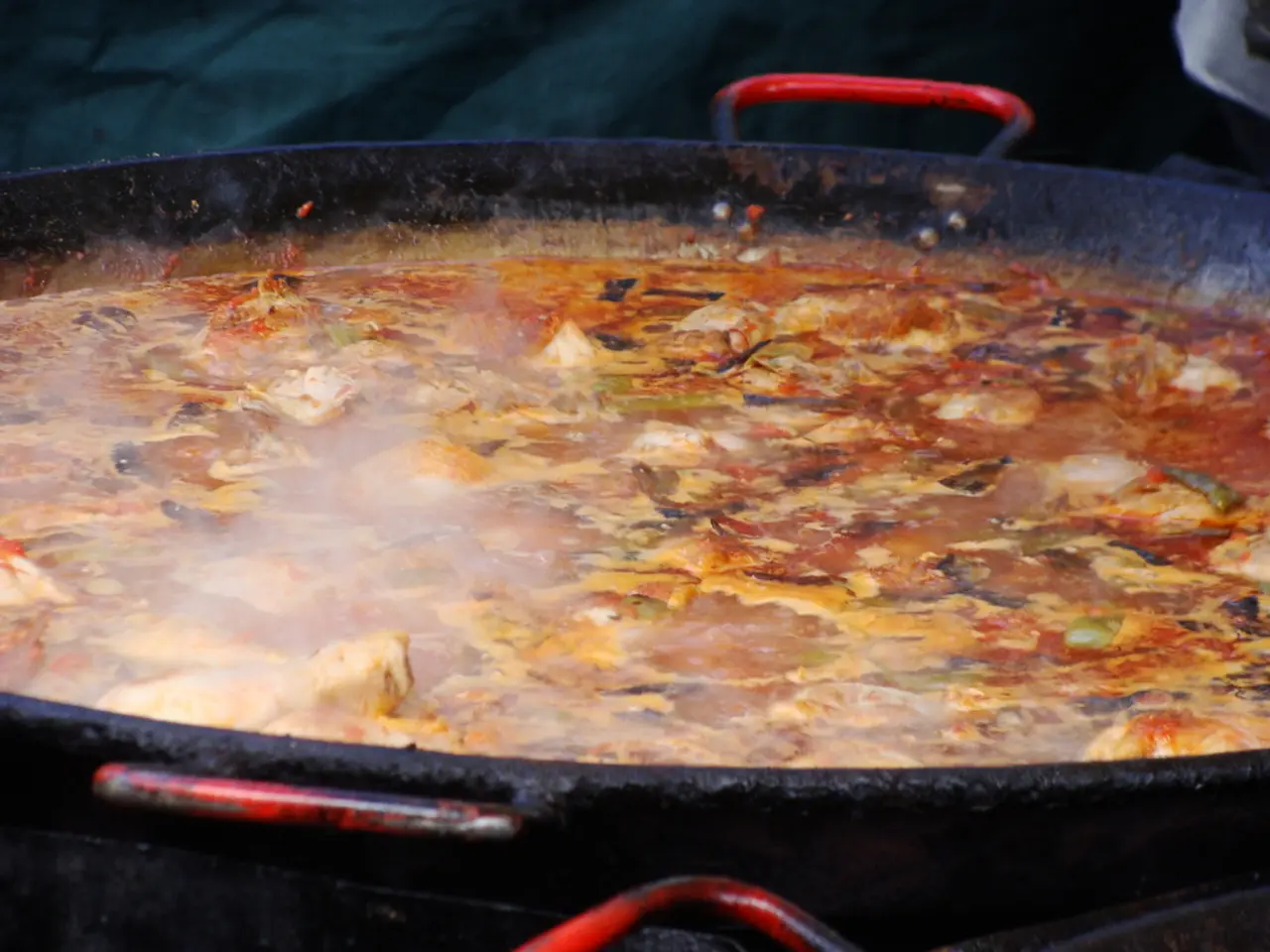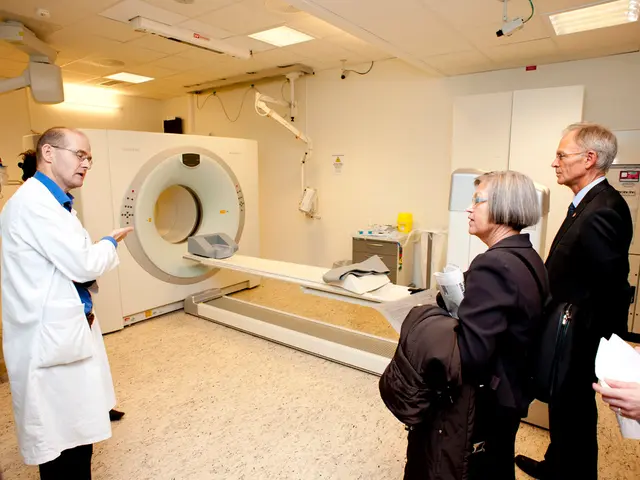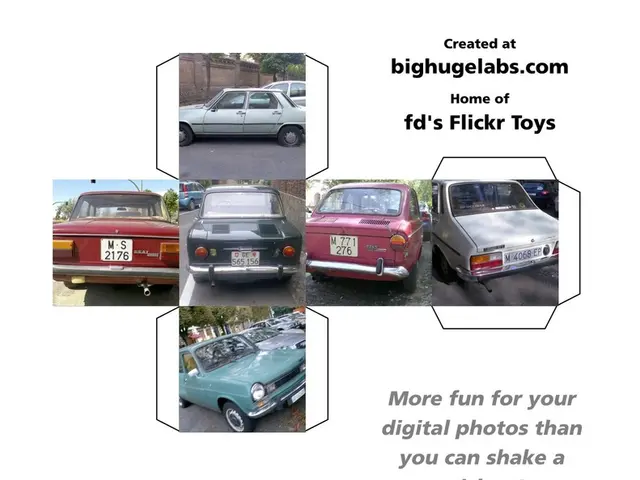Exploring the Impact of Technology on Culinary Craftsmanship!
==============================================================
In recent years, the culinary world has undergone a significant transformation, with technology playing a central role in this evolution. From AI-powered kitchen automation to 3D food printing and augmented reality (AR) tools, innovation is reshaping both professional kitchens and culinary education.
Lab-grown meats and plant-based alternatives are becoming increasingly sophisticated, while culinary schools are incorporating virtual and augmented reality technologies into their training programs. This allows students to practice complex techniques in a safe, virtual environment before applying them in real-world settings.
Restaurants incorporating molecular gastronomy techniques have seen a 30% increase in customer satisfaction and a 20% boost in repeat visits. Techniques like spherification and the use of liquid nitrogen have been used to create unique textures and temperature contrasts within dishes.
The market for 3D food printing is expected to grow by 200% over the next five years, with applications ranging from personalized nutrition to elaborate culinary presentations. Sustainable cooking practices, such as zero-waste cooking and sustainable urban agriculture, are being adopted to minimize waste and maximize the use of local, seasonal ingredients.
Sous-vide cooking, a technique that involves cooking food in vacuum-sealed bags at precise temperatures, has revolutionized food preparation. By reducing cooking times by up to 40% while improving flavor retention by 25% compared to traditional methods, sous-vide cooking contributes to food waste reduction by allowing precise portion control and minimizing overcooking.
AI is making its mark in the culinary field as well. AI-driven kitchen robots and automated systems are now capable of preparing food, managing kitchen operations, and even generating recipes. AI-powered flavor pairing algorithms are being used to create unexpected and delightful flavor combinations.
The digital revolution has reshaped cooking, with technology such as smart ovens, AI-powered recipe generators, 3D food printing, and AR apps influencing the way food is prepared and presented. In 2023, 85% of culinary schools had introduced courses focused on culinary innovation in the past two years, leading to a 70% increase in student enrollment.
Embracing innovation is essential for success in the culinary field as it contributes to a more sustainable and exciting culinary landscape. By 2030, 25% of all new dishes introduced in high-end restaurants will incorporate some form of AI or biotechnology. Culinary education is adapting to include courses on food science, sustainability, and technology alongside classic cooking techniques.
The kitchen of the future is here, offering a wide range of possibilities waiting to be explored. The future of culinary arts is filled with endless possibilities for creativity and innovation. As technology continues to evolve, so too will the culinary world, pushing the boundaries of what's possible with food.
This article was provided by Chad Harwood-Jones and originally written for a platform, published on November 11, 2024.
References:
- RoboOp365
- Aramark
- 3D Food Printing Market Report
- ChatGPT
Transportation methods in the future might include autonomous delivery vehicles, capable of delivering fresh, locally sourced food and ingredients directly to homes, enhancing sustainability and reducing food waste.
The integration of technology in cooking and food-and-drink sectors not only influences lifestyle choices but also drives innovation in the culinary education sector, as more schools emphasize courses on food science, sustainability, and technology alongside classic cooking techniques.



